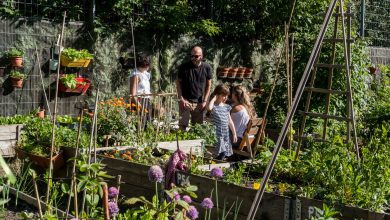Natural Agriculture: Beginnings, principles and variants
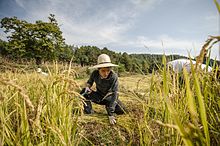
Today in Agrohuerto we will explain what natural agriculture is, one of the agroecological currents that exist. We will see what its beginnings were. We will also talk about the bases, principles and variants of this type of agriculture.
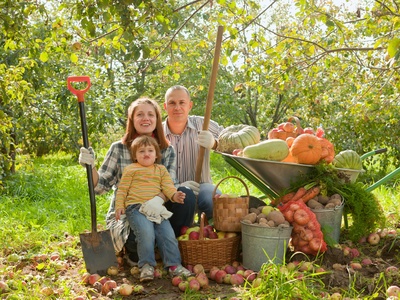
What is Natural Agriculture?
As we have already seen in other articles, in addition to Ecological Agriculture there are other agroecological currents whose objective is the development of a sustainable and respectful agriculture with the environment: Biodynamic Agriculture, Permaculture… or Natural Agriculture, to which we will dedicate this new post.
The basic objectives are the same: to ensure long-term nutrient cycling and soil fertility and to maintain diversity by naturally controlling pests and diseases through integrated management. To reach this end, each current establishes a series of basic principles and management techniques.
The beginnings of natural agriculture
The precursor of Natural Agriculture was the Japanese Masanobu Fukuoka (1913-2008). At the age of 25, this philosopher, scientist and plant pathologist researcher left aside his occupation as an Agricultural Customs Inspector to dedicate himself to agroecology, developing this new philosophy and way of farming: Natural Agriculture.
He moved to his hometown, a small rural town on the island of Shikoku, where he began to put into practice a different way of cultivating, in collaboration with the spontaneous nature of his farm, until he achieved a «natural orchard» that was, at the same time, a forest and a wild garden. Thus he laid the foundations of Natural Agriculture and the philosophy of » Mu «, that is, of » Not doing «.
What is the basis of natural agriculture?
The working method of Natural Agriculture consists of managing the agrarian system as if it were wild, imitating nature in its spontaneous form, reproducing natural conditions as faithfully as possible so that the soil is progressively enriched and thus increases its quality. of food.
This is a philosophy oriented towards “ working together with nature and not against it; to observe long and carefully, instead of working hard and carelessly; to consider plants and animals in all their functions, instead of treating the elements as single-product systems.»
The principles of Natural Agriculture
- Do not till or make furrows in the ground to maintain its natural structure.
- Do not add chemical-synthetic fertilizers or prepared compost to the soil. (To improve fertility, green manure can be sown to restore the balance of the soil and extend the residues of this crop).
- Do not weed by tillage or herbicides. Weeds must be controlled, not eliminated, since they play an important role in the fertility and balance of the biological community of the soil. They can be controlled, for example, with straw mulch or clover cover intercropped with crops.
- Do not use synthetic insecticides as they eliminate the biological richness of the soil, air and flora. The presence of insects can be balanced naturally if the plants are healthy and the soil is balanced.
- Do not prune.
These are the basic principles, but there are many more actions that are taken and that are not carried out when practicing Natural Farming.
For example, crop scheduling through rotations is not necessary because it is sown wild. Fukuoka devised a planting system that replaces the plough: he cultivates among wild grasses, to prevent birds or small rodents from taking the seeds or eating them, he also covers the soil with mulching from the previous harvest so that the seeds remain even less visible from these animals.
The method of sowing is also well known: broadcast sowing of «nendo dango». Nendo dango are the seeds wrapped in 2 or 3 cm clay balls together with the seed of some other plant, mainly white clover.
A part of natural fertilizer (manure, for example) can also be included in the clay balls so that the seedling grows with enough nutrients, or grains of some spice such as pepper or cayenne to prevent animals from eating them.
Variants of the working method
Currently, Natural Agriculture also follows another method of work: that of Jean Marie Roger, very similar but a little more ermissive with the techniques: it allows a minimum tillage that begins with superficial work (opposed to conventional tillage), it allows the use of compost in surface or mulching based on pre-humidified green manure, manure or crop residues and also allows the cultivation of foreign plants to its ecosystem.
I hope you have learned a little more about this interesting agroecological current. But if you didn’t know much about it, in the next few days I’ll leave you a very interesting video in case you want to start practicing this way of life and change your garden a bit.
If you have found the post useful, do not forget to rate it with the stars below and help us so that the Agrohuerter Community continues to grow so that we can help each other!

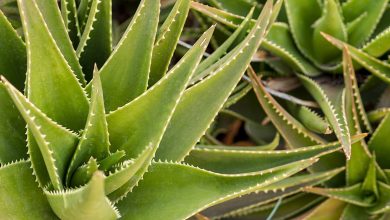
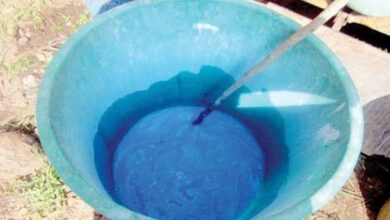
![Photo of Calateas: [Cultivation, Irrigation, Care, Pests and Diseases]](https://www.complete-gardening.com/wp-content/uploads/2022/08/calateas-cultivation-irrigation-care-pests-and-diseases-390x220.jpg)
